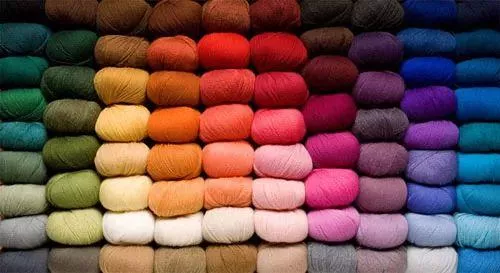merchants often mention various fabric names. While natural fabrics are relatively well-known, the characteristics of many synthetic fabrics are not clear, which can cause some confusion during shopping. This article will introduce the features of some common fabrics to help you when purchasing clothes.
Natural Fabrics
Cotton
- Characteristics: Soft, breathable, absorbent
- Uses: Everyday wear, underwear, T-shirts
Linen
- Characteristics: Cool, breathable, moisture-wicking
- Uses: Summer clothing, casual wear
Silk
- Characteristics: Smooth, glossy, luxurious
- Uses: High-end clothing, sleepwear, scarves
Wool
- Characteristics: Warm, elastic, moisture-absorbing
- Uses: Winter clothing, sweaters, coats
Synthetic Fabrics
Polyester
- Characteristics: Durable, wrinkle-resistant, easy to wash and quick-drying
- Uses: Sportswear, outdoor wear, everyday clothing
Nylon
- Characteristics: High strength, durable, elastic
- Uses: Sportswear, outdoor wear, socks
Spandex
- Characteristics: Highly elastic, durable
- Uses: Sportswear, yoga clothes, tight-fitting garments
Acetate
- Characteristics: High gloss, soft, moisture-absorbing
- Uses: Dresses, shirts, underwear
Blended Fabrics
Cotton + Polyester
- Characteristics: Combines the comfort of cotton with the durability of polyester
- Uses: Everyday clothing, workwear
Wool + Polyester
- Characteristics: Warm, durable, reduces pilling
- Uses: Winter coats, sweaters
Silk + Spandex
- Characteristics: Smooth, glossy, highly elastic
- Uses: High-end clothing, close-fitting garments
Understanding the characteristics of different fabrics can help you make more informed choices when buying clothes. Whether it's natural or synthetic, knowing the properties of these materials will ensure that you select the best fabric for your needs.

